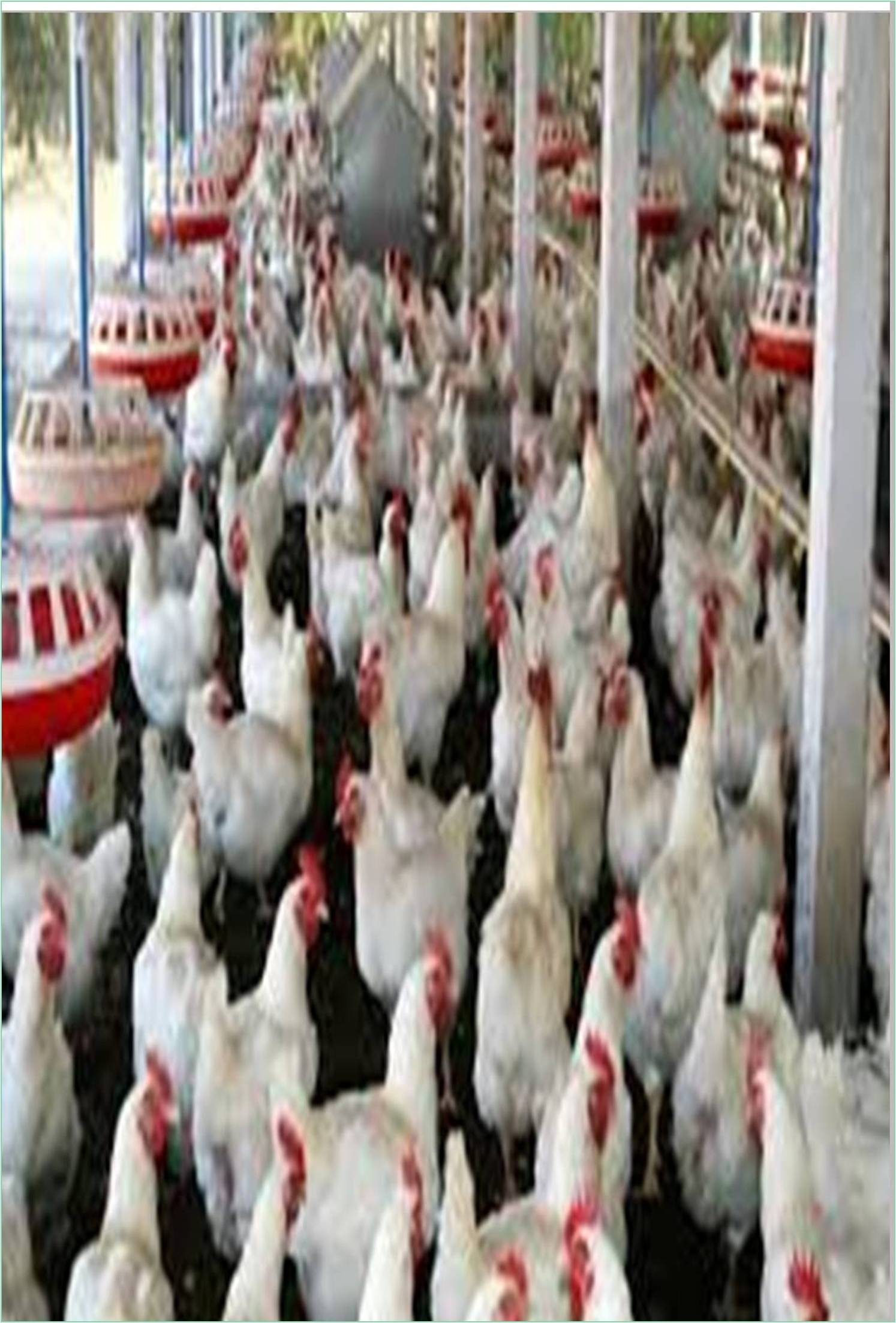



Received: 01-Aug-2022, Manuscript No. GJPFV-22-72025; Editor assigned: 05-Aug-2022, Pre QC No. GJPFV-22-72025(PQ); Reviewed: 26-Aug-2022, QC No. GJPFV-22-72025; Revised: 02-Sep-2022, Manuscript No. GJPFV-22-72025(R); Published: 09-Sep-2022, DOI: 10.15651/ 2449-1772.22.10.060
Livestock guidelines state that organically raised poultry for slaughter shall begin with organic management no later than the second day of life. However, antibiotics cannot be used for any purpose, and federal restrictions forbid the use of hormones in any fowl. Instead, preventive management methods, such as vaccinations, are employed to keep birds healthy. Animals treated with a forbidden drug may not be sold as organic, although producers are prohibited by organic management guidelines from delaying care from a sick or injured animal. All organically raised animals must have access to the outdoors; they may only be confined for a short period of time if it is necessary for their safety, health, or to preserve the quality of the soil or water. A product must adhere to the USDA National Organic Standards in order to bear the "USDA organic" seal. National organic standards were created by the USDA in 2002 after the Organic Foods Production Act was passed by Congress in 1990. In the USA, there were around 6.5 million organic layer hens as of 2011, and there were on average 0.5 million organic broilers produced each week. This accounts for 0.3% of the production of broilers and around 2.3% of the layer population. Between 2001 and 2011, the flock of organic layer chickens increased by 400%, and the number of broilers treated as organic increased by 900%. It's crucial to note that there have been a few years in the last ten when the organic numbers for both layers and broilers have decreased from one year to the next. This area’s growth is not linear and predictable.
Choosing a third-party certifier is the first step for a poultry producer to get certified organic. The USDA maintains a current list of authorized certification bodies that all adhere to the same National Organic Standards. The producer then sends the chosen certification organisation an application and Organic System Plan (OSP). This plan covers information on the animal source, feeding procedures, management techniques, healthcare, record-keeping, and product labelling in the production of livestock. After reviewing the OSP, the certifier designates an experienced organic inspector to the livestock facility if they decide it is sufficient. The inspector completes a thorough assessment of the OSP and the actual farm practises, notifies the producer in writing of his or her findings, and writes a report for the certifier. An organic certificate could be given if it's determined that the farm complies with all National Organic Program requirements. The producer and certifier must be identified on the label of the livestock product. It is not required to use the USDA organic seal on packaging. The poultry farm must undergo annual inspections to maintain its organic accreditation. The term "natural" and claims involving animal production are both permitted by the USDA Food Safety and Inspection Service (FSIS). On the labelling of meat and poultry products, "animal production claims" (i.e., truthful claims concerning the raising of animals from which meat and poultry products are derived) are allowed by FSIS. In the absence of a widely agreed definition, animal production claims have long served as a substitute for the use of the term "organic" on the labeling of meat and poultry products. Therefore, producers may want to keep using the following phrases on meat and poultry labeling: "Raised without Added Hormones," "Free Range," "No Antibiotics Ever," and "All Vegetarian Diet."
A lack of a certain nutrient in the diet, unfavorable interactions between nutrients in otherwise seeming wellfortified diets, or the dominating effect of certain anti nutrients can all result in nutritional deficiencies. Because diet analysis indicates that the nutrients under inquiry are present at normal levels, the latter two scenarios are challenging to diagnose. It is uncommon to observe the classic symptoms of nutritional deficiencies because micronutrients like vitamins and trace minerals are typically provided to meals in the form of stand-alone micro premixes. Rather, the effect is more frequently a compilation of many different metabolic disorders. In many cases, a proper diagnosis can only be determined after thorough information on diet and management, clinical symptoms in the affected living birds, necropsies, and tissue studies has been gathered. Unfortunately, tissue analysis, and particularly liver and serum analysis, can be deceiving since the bird frequently sequesters nutrients in the liver relative to the time of initial manifestation of any shortage, which causes liver assays to show falsely high values even with inadequate diets. The importance of the latter effect is greatest for minerals like copper. A diet that, according to analysis, seems to have just the right amount of one or more nutrients may really be lacking in those nutrients to some extent. Stress factors like bacterial, parasite, or viral illnesses, extreme heat or cold, etc., can either make it harder for nutrients to be absorbed or increase the amount needed.